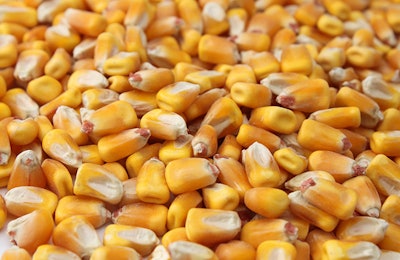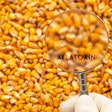
A second U.S. state has reported aflatoxin in its corn crop, according to Neogen’s Monday Mycotoxin Report from August 28.
The new, confirmed report of aflatoxin in corn comes from Oklahoma. This is in addition to the previous report of aflatoxin in corn from Texas, which also has previously reported deoxynivalenol (DON), T-2 toxin and fumonisin in its corn crop.
Corn progressing, but quality is an issue
Seventy-six percent of the corn crop has reached the dough stage, which is one point behind the five-year average. Twenty-nine percent of corn has reached the dented stage, which is six points behind the five-year average. Pennsylvania, Iowa, Minnesota and Ohio are all well behind their five-year averages.
Twelve percent of corn is in poor to very poor condition. This is unchanged from a week ago, but up five points from 2016. Sixty-two percent of corn is in good to excellent condition, also unchanged from last week and down 13 points from 2016.
States reporting corn in double-digit poor to very poor conditions are:
- South Dakota (27 percent)
- North Dakota (17 percent)
- Indiana (17 percent)
- Illinois (14 percent)
- Kansas (14 percent)
- Nebraska (13 percent)
- Iowa (12 percent)
- Michigan (12 percent)
Wheat, barley update
The winter wheat harvest is complete, while the spring wheat harvest is 58 percent complete – 7 points ahead of the five-year average.
Forty-two percent of spring wheat is in poor to very poor condition, which is the same as a week ago, but up drastically from 9 percent in 2016. Thirty-four percent of spring wheat is in good to excellent condition, which is up one point from a week ago, but down from 66 percent in 2016.
“Carryover stocks of wheat from 2016 will be brought into the supply chain,” Neogen said. “Managing varying grade factors will be important to overall product quality.”
Seventy percent of barley has been harvested, which is 12 point ahead of the five-year average.

















